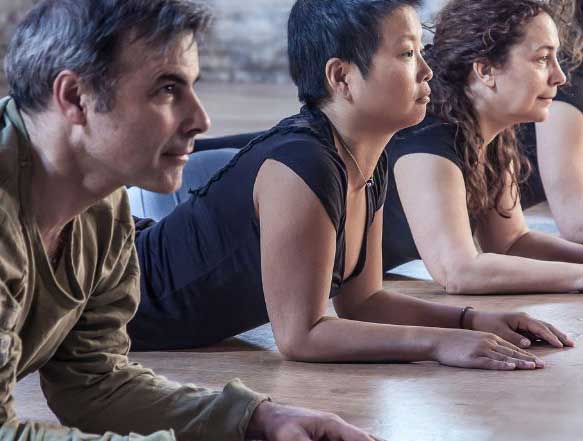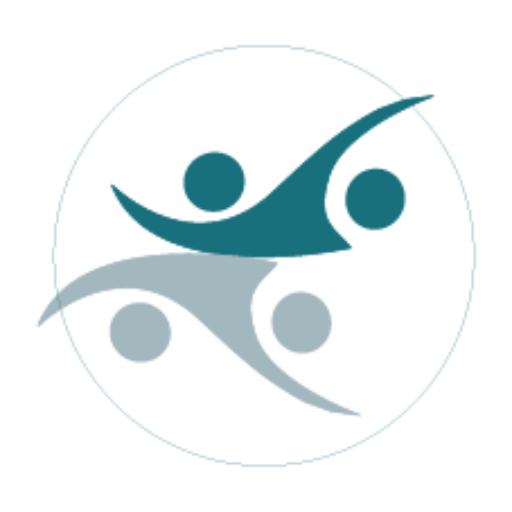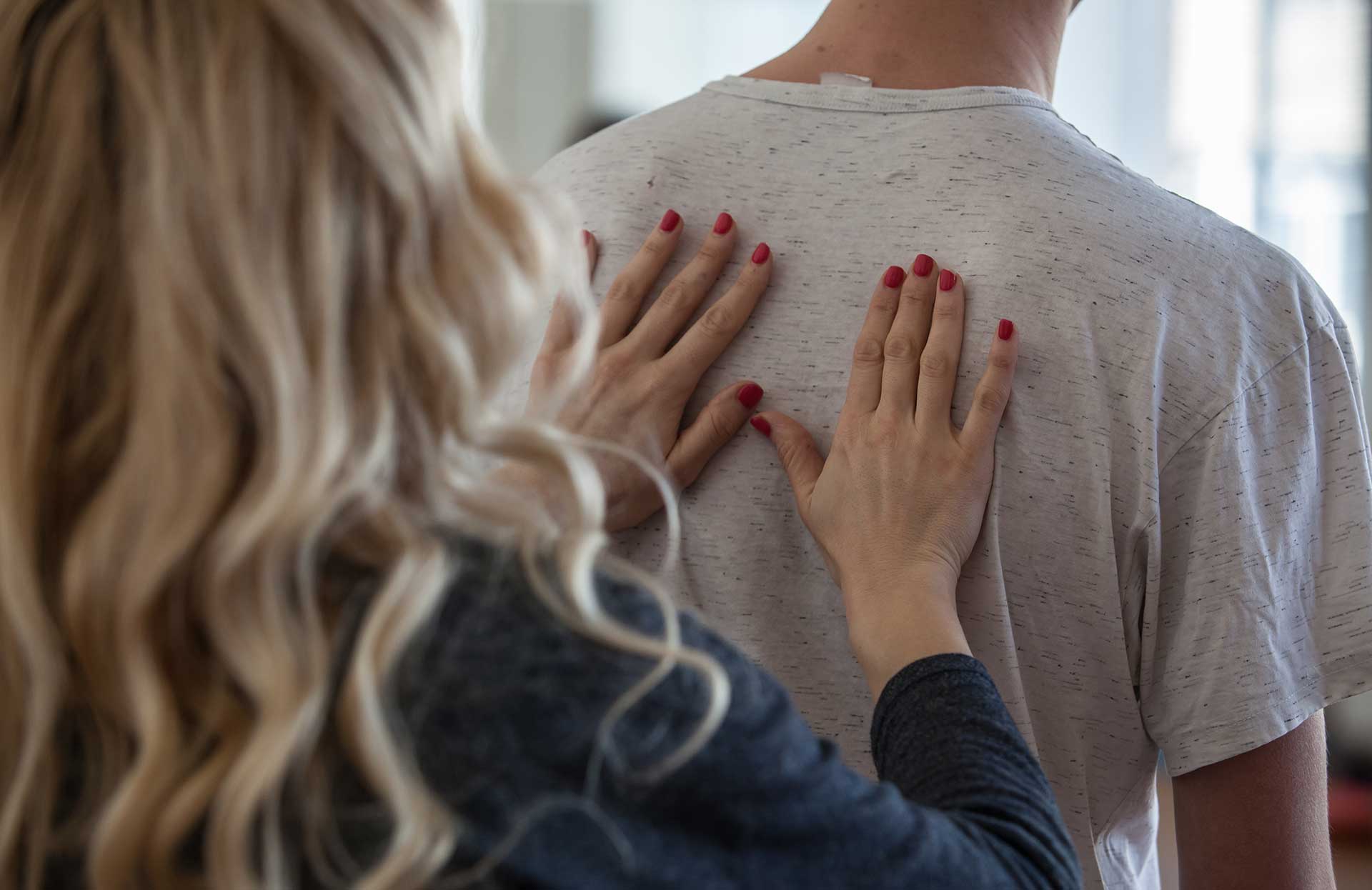Enhancing Healing Success Without Skyrocketing Costs
The Feldenkrais Method is an innovative approach that tailors treatment to each patient and actively involves them in the healing process.
Invest in Feldenkrais now – here are 7 compelling reasons why:
- Improving the therapeutic success
- A holistic approach for complex symptoms
- Increasing patients‘ satisfaction and loyalty
- Health promotion for (highly) skilled personnel
- Adaptation to current trends in health care
- Verifiable results by neuroplatic learning
- Strengthening the experience of self-efficacy
The Application of the Method is Versatile!
Feldenkrais is taught in both individual sessions and group classes. Regardless of the format you choose, the learning process is diverse and explores the inherent potential within every individual.

Individual Sessions – Functional Integration
These sessions are tailored to the client’s specific needs. Through close collaboration, either hands-on or verbally guided, the teacher and client explore individual movement patterns together. They find gentle, effective ways to release blockages and rewire new functional patterns. This process fosters a deep connection to inner resources. This form of individual work is called Functional Integration.

Group Classes – independent exploration
In group classes, participants are verbally guided through movement sequences. The focus is on independent exploration and experiencing the movements — not on imitation, but on one’s own, individual learning process. How am I connected to myself? Where is too much tension, where to little? Where and how does movement become connected, light, pain-free, elegant, and, when needed, powerful? What does it mean to feel at home in my body?
The Feldenkrais Method opens the space for individual learning, profoundly supporting the process of healing and becoming healthy. After all, it’s not about returning to how you were before an event (e.g., an injury), but about discovering a new quality of being.
Contact me1. Improving the Therapeutic Success
Feldenkrais training programs equip doctors and therapists with tools that go beyond conventional treatment methods. They work collaboratively with clients to identify habitual movement patterns that may be functionally harmful. By integrating Feldenkrais into daily therapy, sustainable progress can be achieved – whether in pain management, restoring mobility, or fostering self-efficacy.
2. A Holistic Approach for Complex Conditions
Patients with chronic pain, neurological disorders, or psychosomatic symptoms require individualized and comprehensive therapeutic approaches. Feldenkrais addresses this need by combining body awareness with conscious movement, offering new perspectives in treatment. You will find a detailed example of how Feldenkrais works at the bottom.
3. Increasing Patient Satisfaction and Loyalty
A therapy that actively addresses patients’ needs and involves them in the healing process fosters trust and collaboration. Patients experience the method as gentle, effective, and empowering – a clear competitive advantage for clinics offering this approach.
4. Health Promotion for Healthcare Professionals
In a high-stress profession, healthcare workers themselves benefit from Feldenkrais. The method helps reduce stress-related tension, promotes mindful movement, and supports long-term health and performance.. This not only enhances patient satisfaction, but also boosts employee motivation: The Feldenkrais work sparks curiosity and interest in clients, encouraging them to actively engage in their own healing process.
5. Adapting to Current Healthcare Trends
Health-conscious patients increasingly seek holistic, sustainable solutions for their ailments. Feldenkrais meets this demand by offering a modern method that patients can experience firsthand, understand, and integrate into their daily lives.
6. Verifiable Results Through Neuroplastic Learning
Feldenkrais is based on the principles of neuroplasticity—the brain’s ability to reorganize itself through new experiences and movement patterns. By linking awareness with movement, the method creates a foundation for long-term improvement. Instead of merely alleviating symptoms, Feldenkrais helps patients understand and gradually address the root causes of their conditions. This makes it particularly effective for treating neurological disorders, injuries, and movement dysfunctions.
7. Strengthening the Experience of Self-Efficacy
A central aspect of Feldenkrais is enhancing self-efficacy. Through mindful movement, patients regain control over their bodies and health. This positive experience not only boosts confidence in their abilities, but also encourages active participation in their healing process. Patients learn not just to react to discomfort, but to actively contribute to their well-being.
Conclusion: An Investment That Pays Off – for You and Your Patients
With its precise and mindful approach, the Feldenkrais Method offers clinics and practices an opportunity to position themselves for the future and set new standards in patient care. At the same time, training programs provide professional development for staff – without the need for costly equipment investments.
Explore our training programs and discover how Feldenkrais can enrich your practice. Your employees’ well-being, your patients, and your daily work will thank you!
Sounds interesting?
Get in contact with me.

A Practical Example: Application and Unique Aspects of Feldenkrais
For the client, there are different experiences of how they are touched and moved:
- Example 1: The therapist takes the client’s shoulder in both hands and mobilizes it directly.
- Example 2: The therapist touches the client’s shoulder with their hands and first establishes contact: noticing tone, texture, temperature, etc. Then, attentively and with patience, the therapist begins to explore the various possible directions of movement and the range accessible to this particular client.
At the same time, as a Feldenkrais practitioner, I perceive how the shoulder is connected to the sternum, ribs, and different areas of the spine, all the way down to the pelvis. From this multidimensional understanding, the next questions and steps arise: What does this client, as an individual, need? Which connections are clear, and which ones require clarification?
This is how a Feldenkrais individual session unfolds. What are the functional patterns associated with shoulder movement? From reaching for something and bringing it to the mouth to walking. When walking, which ideally involves a gentle gliding of the shoulder blades over the ribs, the diagonal connection between the leg and the arch of the foot plays a crucial role.
In principle, both individual sessions and Feldenkrais group classes are built on the same foundations: Where and how can conditions for optimal coordination and interaction be created? This is a fundamental principle in both simple and highly complex systems and is essential for their healthy functioning.

